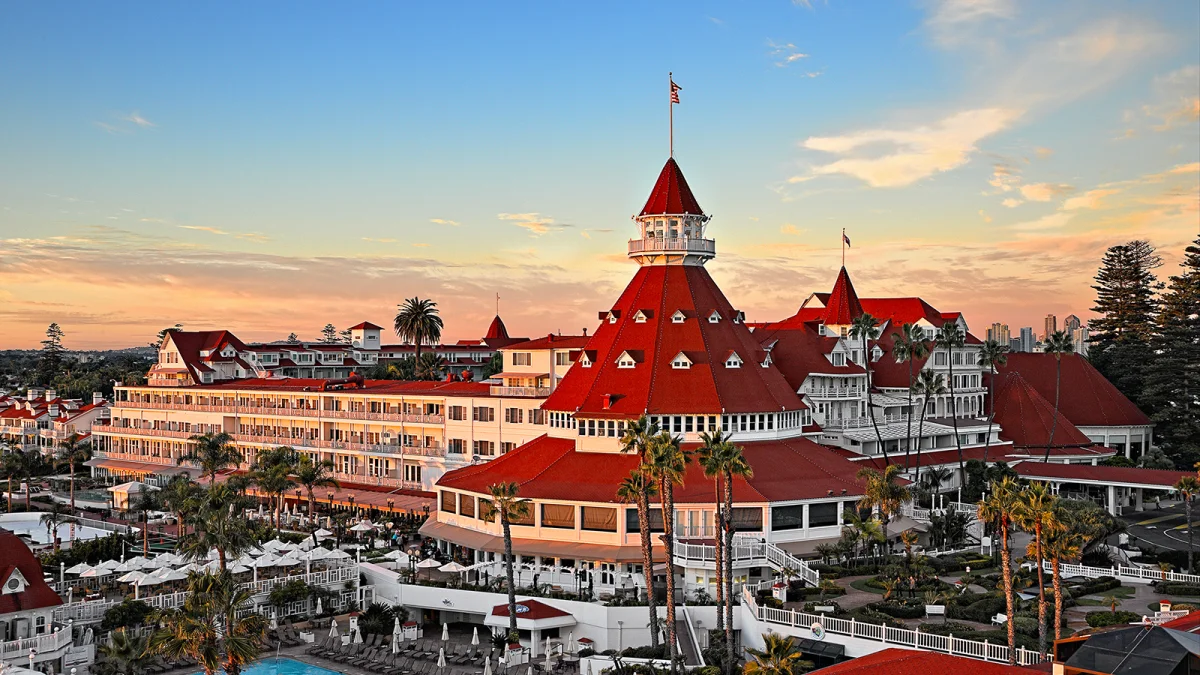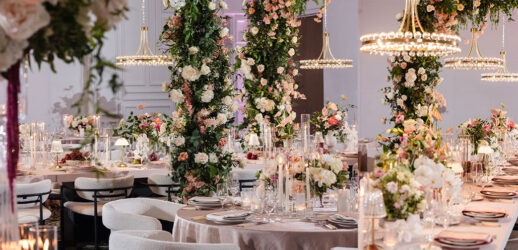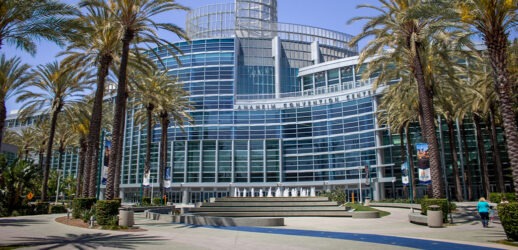Calling all bookworms, poets, dreamers and creatives
Writers and novelists have long found refuge in hotels: as a space to write, to find inspiration or simply to get away from the day-to-day and refresh the mind.
The literary hotels you’ll find below are go-to’s for those who love literature and art in all its forms. Each space has seen iconic achievements from celebrated creatives, and they all offer space for events.
Settings that have seen world-changing work produced within its walls and inspired creative icons, like the ones you’ll find below, will no doubt provide the backdrop for a meeting or other gathering flush with vibrant ideas, robust creativity and endless inspiration.
If you’re a reader, not only can you get excited about these literary hotels—you can be part of Ms. B’s Novel Ideas, a book club-turned-magazine column where you can find literature inspiring and connecting today’s industry professionals.
Casa Marina and The Reach Resort
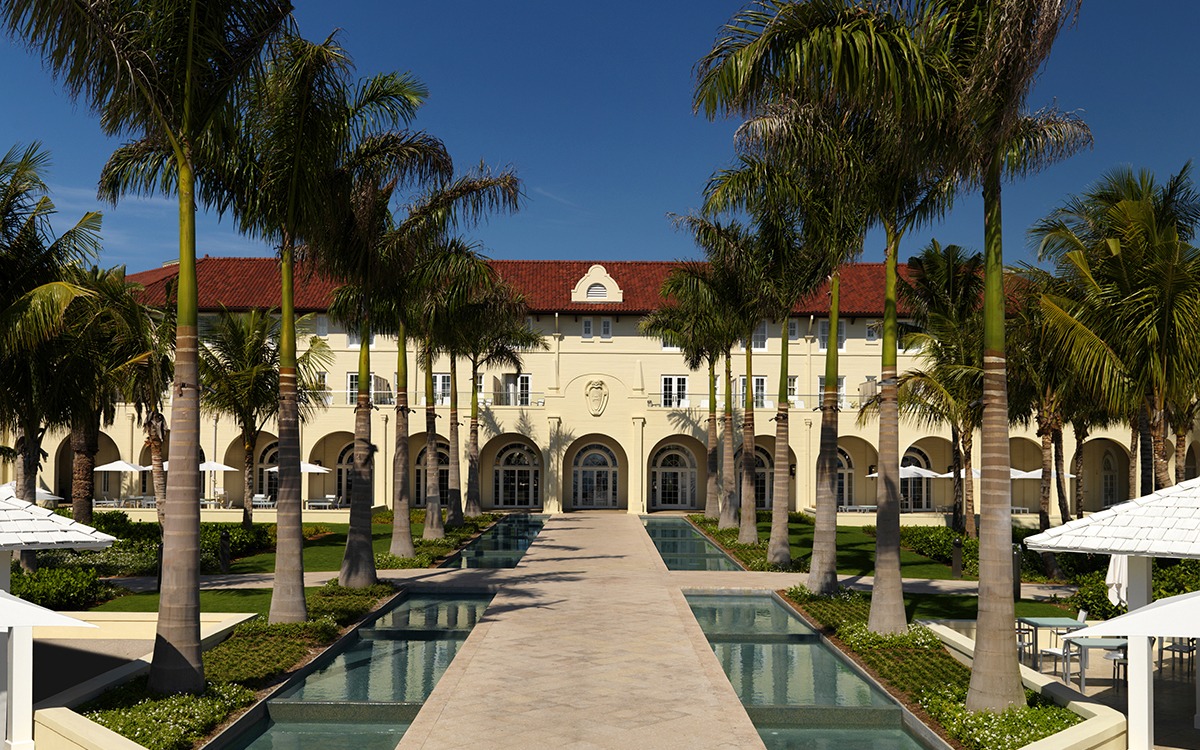
Ernest Hemingway was a world traveler, living and working in Paris and all over Europe as well as numerous locations throughout the United States. But he held a special love for Key West, Florida, where he lived for eight years, between 1931 and 1939. Even after moving along elsewhere, he retained title to his Key West home until his death in 1961. This genteel house now serves as The Hemingway Home and Museum. It offers several outdoor event spaces for groups.
Hemingway’s legacy draws innumerable visitors to the island every year as they seek to explore the settings that inspired his impactful words. The island celebrates him all year round, but especially during his birthday month of July—and this year marks his 125th birthday. Hotels and restaurants throughout island are getting ready to pay homage with inspiring celebratory programming, menus, libraries and more.
“He thought that he would lie down and think about nothing. Sometimes he could do this. Sometimes he could think about the stars without wondering about them and the ocean without problems and the sunrise without what it would bring.”
-Ernest Hemingway, “Islands in the Stream,” 1950-1951
Casa Marina Key West, Curio Collection by Hilton just recently wrapped a $79 million transformation, which introduced a brand-new lobby bar and lounge, The Canary Room. Named for Hemingway’s short story “A Canary for One,” the space pays homage to his work with a menu of cocktails and rum flights pulled straight from his “Islands in the Stream” series. The property also includes a library of books curated by the team at Books & Books Key West, including store founder and another esteemed American author, Judy Blume. All selections are inspired by the destination and the famous novelists who once called it home. The ballroom can accommodate up to 530 guests.
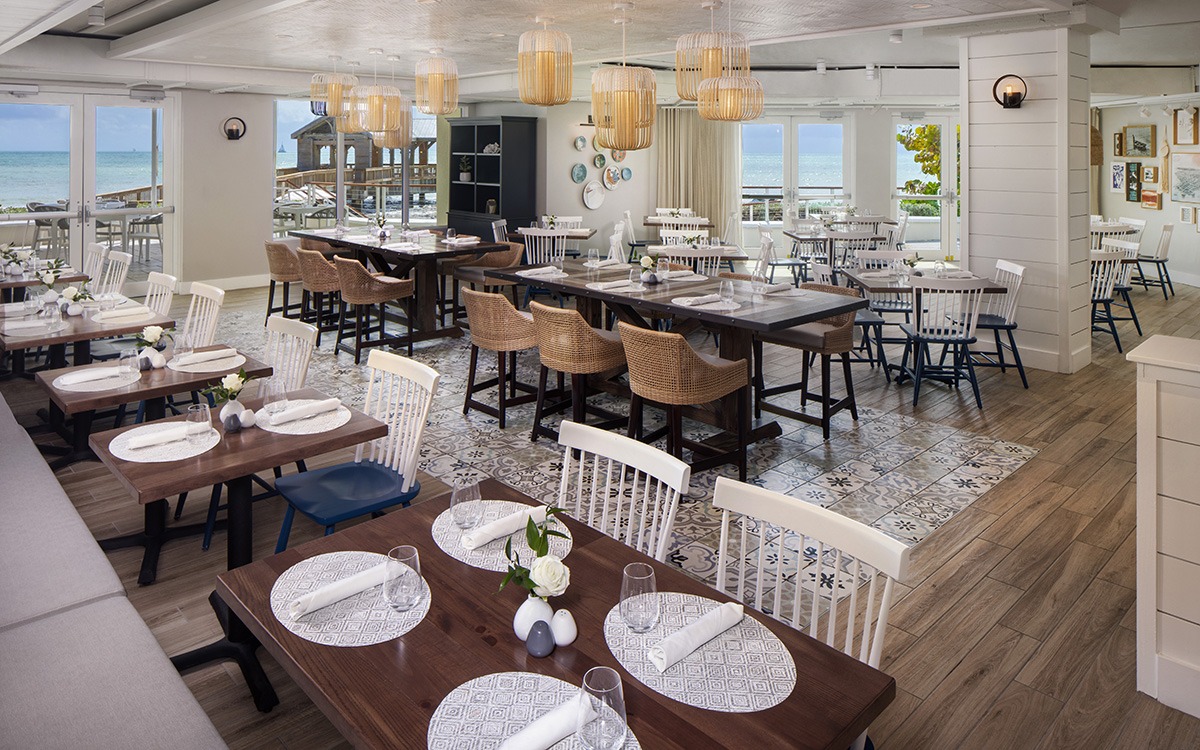
At The Reach Resort, another Hilton Curio Collection offering in Key West, Four Marlins Oceanfront dining immerses visitors in a contemporary interpretation of a 1930s fishing lodge. Hemingway was a passionate fisherman, his most well-known work on the subject being the 68-page novella “The Old Man and the Sea,” in which an old fisherman embarks on a grueling journey in his quest to catch a giant marlin. Immersive seating options such as the Book Nook and Hemingway’s Hideaway offers diners a chance to enjoy the restaurant’s fresh seafood in an intimate Hemingway-esque atmosphere. A total of 4,700 sq. ft. of indoor and outdoor meeting space is available at The Reach.
Read More: Gone Fishin’: Hook to Table Meals
Your Pre-Con Reading List
“The Old Man and the Sea,” a novella by Ernest Hemingway
“Islands in the Stream,” a three-act novel by Ernest Hemingway
Hotel Monteleone
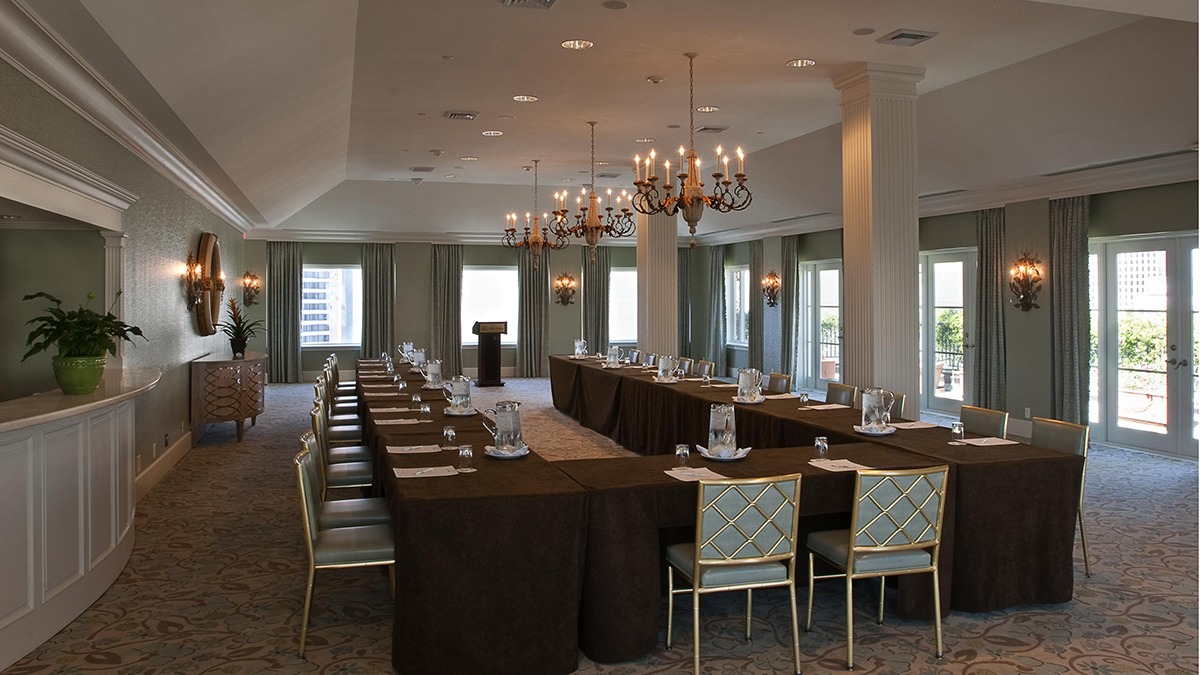
Since 1886, Hotel Monteleone has been a favorite of writers and other creatives and an esteemed literary landmark in New Orleans. Antonio Monteleone founded the hotel in the French Quarter after opening a successful cobbler shop nearby, and previously living in Sicily, where he operated a shoe factory. The hotel remains family-owned, seeing leadership from five generations of Monteleones.
“…a full moon shimmered over central Louisiana. This was no rinky-dink moon. This was a moon you had to curtsy to. A big, heavy, mysterious, beautiful, bossy moon. The kind you want to serve things to on a silver platter.”
-Rebecca Wells, “Divine Secrets of the Ya-Ya Sisterhood,” 1996
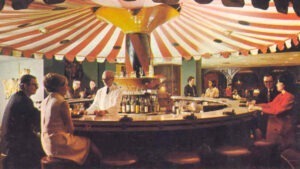
It has been the site of numerous films and TV shows and has seen famous visitors like William Faulkner, Eudora Welty and Truman Capote. The space and its surroundings have inspired writers throughout the ages, who often incorporated it as a setting in their work, such as “The Rose Tattoo” by Tennessee Williams.
Beyond the hotel’s grand beaux-arts style façade, the historic mansions and 300-year-old live oak trees inspire a sense of awe, as does nearby National Historic Landmark Jackson Square, where artists have gathered for generations at an open-air artist’s market among Parisian-style buildings and the St. Louis Cathedral.
Hotel Monteleone offers over 26,000 sq. ft. of meeting and event space and 522 guest rooms.
Read More: New Orleans: A Color Palette of Life and Culture
Your Pre-Con Reading List
“The Rose Tattoo” and “Orpheus Descending,” plays by Tennessee Williams
“Little Altars Everywhere,” a short story collection, and “Divine Secrets of the Ya-Ya Sisterhood,” its sequel novel by Rebecca Wells
The Hotel Chelsea
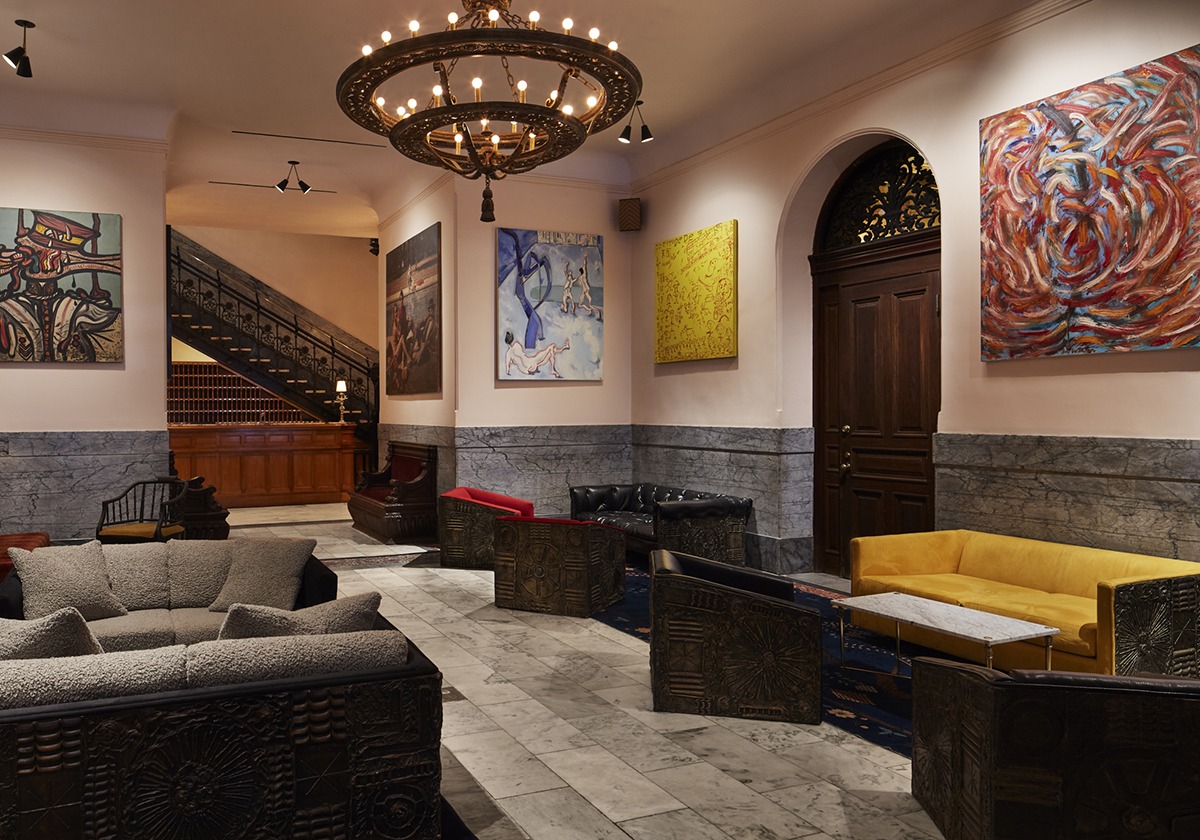
The Hotel Chelsea opened in 1884 as one of New York City’s first cooperative apartment houses and subsequently became a haven for artists and creatives, many of whom would go on to become iconic figures.
In 1905, it was converted into a luxury hotel and saw regular visits from the likes of Mark Twain and William Dean Howells. In the mid-20th century, it became a community for rock-and-rollers and legendary characters like Andy Warhol, who shot parts of his film “Chelsea Girls” there; the community around his Factory Studio frequented the hotel and continued to build its reputation as an artists colony. In this period, under the management of Stanley Bard, artists traded paintings for rent.
“I loved this place, its shabby elegance, the history it held so possessively…So many had written, conversed, and convulsed in these Victorian dollhouse rooms. So many skirts had swished these worn marble stairs. So many transient souls had espoused, made a mark, and succumbed here.”
-Patti Smith, “Just Kids,” 2010
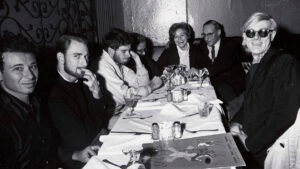
By the mid-70s, the hotel fell into disrepair amid negative media glare, the most infamous event perhaps being the death of Nancy Spungen in room 100 and the murder accusation against her boyfriend Sid Vicious, bassist for the English punk rock band, Sex Pistols.
It was listed on the National Register of Historic Places in 1977 and remained in operations largely as a residential space throughout the 1980s, but decreasingly so by the end of the 20th century. In 2011, the hotel stopped taking reservations and changed owners a handful of times; these and legal challenges stalled renovation efforts.
Finally, though, in mid-2022, the hotel officially reopened. It now operates mostly as a luxury hotel.
Today, refurbished rooms, a new lobby bar and accents of light and dark gray marble with bronze catapult the hotel into modern-day luxury; preserved original fireplaces, wrought-iron balconies and stained-glass windows maintain the hotel’s characteristic and beautiful eccentricity.
It offers six meeting rooms of varied sizes to fit groups from 10 to 100 attendees, and 125 guest rooms and 30 suites.
Your Pre-Con Reading List
“Just Kids,” a memoir by Patti Smith
“The Hotel Chelsea,” a poem by Edgar Lee Masters
Hotel del Coronado
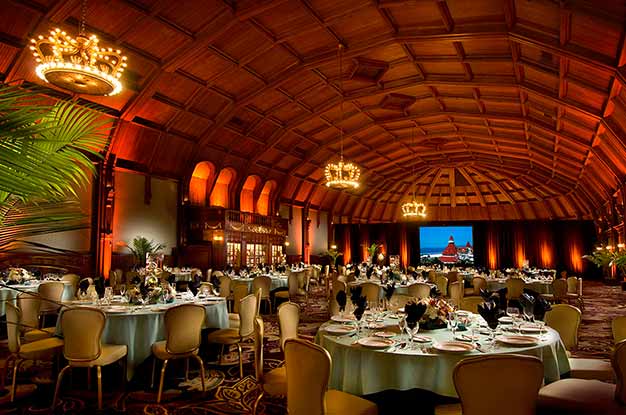
Not only is Hotel del Coronado, Curio Collection by Hilton, a famed San Diego beach resort, rich with history—it’s also a literary icon. Numerous writers have found the hotel to be a haven and even inspiration for their work. American author L. Frank Baum wrote a large portion of his most famous work, “The Wonderful Wizard of Oz,” at the hotel. It is rumored that his vision for The Emerald City drew immense inspiration from the hotel space itself. Today, in the Crown Room, visitors can take in the four crown-shaped chandeliers that Baum himself designed, which were installed in 1911.
“And every day her loveliness
shines pure, without a flaw;
new charms entrance our every glance,
and fills our souls with awe!”
-L. Frank Baum, “CORONADO: The Queen of Fairyland,” 1905
The hotel is also famously haunted, largely because of the Kate Morgan mystery. The young woman checked into the hotel under a different name and, five days later, was found dead on an exterior staircase with a gunshot wound to the head, later determined to be self-inflicted, though skepticism remains. Renowned horror and science fiction writer Stephen King found inspiration for his short story “1408” when he learned about a haunted room investigation that took place at the hotel.
Read More: 10 Famously Haunted Hotels of America
Ambrose Bierce chose Hotel del Coronado as the setting for his romance/horror short story “An Heiress from Redhorse,” as well. Other famous literary icons who visited the hotel include Upton Sinclair, Tennessee Williams and Theodor Geisel—whom you may know as Dr. Seuss.
If you, too, want to meet and create under the iconic red turrets, know that Hotel del Coronado has 88,000 sq. ft. of meeting and event space and 681 guest rooms.
Your Pre-Con Reading List
“The Wonderful Wizard of Oz,” a novel by L. Frank Baum
“An Heiress from Redhorse,” a short story by Ambrose Bierce
